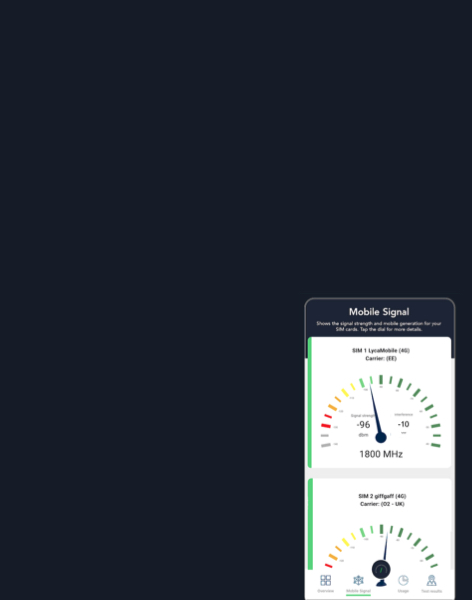PolicyTracker Weekly Wrap: What Nvidia really wants from Nokia
Current AI tools work fine on existing networks. What’s the real motivation behind this deal?
Earlier this week, Nvidia announced it would invest $1 billion in Nokia. The deal has been celebrated by many in the telecoms industry and has helped boost Nokia’s stock price to its highest level in almost a decade.
It wasn’t immediately clear to me what Nokia can gain from Nvidia, a company that makes AI computing hardware. After all, today’s existing AI use cases like ChatGPT work just fine on existing networks.
I’ve come to understand this deal as a bet on the future. Nvidia wants to own a piece of every part of the AI pipeline, from the training and inference of new models, which happen on its own hardware, to the consumer applications like ChatGPT, to the mobile network, which represents the “last mile” of AI traffic, connecting consumers to AI models and applications.
Nvidia’s recent investments have reflected this strategy. In September, it invested $100 billion in ChatGPT maker OpenAI and $600 million in Nscale, a data centre startup that will host the company’s own chips.
In his announcement, Nvidia CEO Jensen Huang described telecoms as “the digital nervous system of our economy and security”. Whether there is an immediate need for AI-powered radio equipment or not, Huang sees owning a piece of Nokia as a safe bet that will help Nvidia to shape the future of networks in its own favour.
This deal is also linked to national sovereignty. In his announcement, Huang lamented that most wireless technology in the US runs on “foreign hardware” and said “this has to stop”. Despite being a Finnish company, Nokia also led with this line, describing Nvidia’s investment as “America’s return to telecommunications leadership” in its own statement on the deal.
The digital sovereignty element will likely come as a blow to European regulators, who have long advocated for European sovereignty in the tech sector. Telecoms is one of the few digital industries where Europe remains a significant player, and Nokia’s interest in incorporating US-produced computing into its equipment could ruffle a few feathers in Brussels.
What about specific use cases? Nvidia does allude to “future AI-native” devices such as drones, augmented reality devices and virtual reality devices. These sound very similar to the use cases being touted for 5G in 2020. Yes, new technologies will require good networks, but will they require AI-powered hardware on the edge of the network? It’s hard to say.
This investment isn’t about specific use cases. It’s a bet on Nokia and the continued importance of the mobile industry as an enabler of new technologies. No wonder the industry is celebrating.
Here are the other stories PolicyTracker covered this week:
- Virgin Media O2 has agreed a deal with Starlink that should enable the UK-based telecoms firm to deliver satellite direct-to-device (D2D) services by the second half of 2026.
- The Albanian government has allocated €5.14 million ($6 million) to compensate national broadcasters for moving out of the 700 MHz band to make way for 5G
- The GSMA, the association that represents the mobile industry, has warned Bangladeshi regulator BTRC that limited spectrum availability could delay 4G improvements and 5G rollout
- Three Turkish mobile network operators paid $2.945 billion for 11 licences across the 700 MHz and 3.5 GHz bands
- Despite earlier indications to the contrary, the latest version of the Wi-Fi standard, Wi-Fi 8, will not include support for mmWave bands
